Although you might believe that any digital image can be copied with a simple “right-click, save-as,” this is not the case. So, what’s the big deal about these NFTs if we can download and save them whenever we want on our computers? Why are people minting it?
NFTs started making a lot of fuss in early 2020. Sales of NFTs reached approximately $41 billion in 2021. It will certainly progress further as the global acceptance of cryptocurrency grows.
Let’s get to the point.
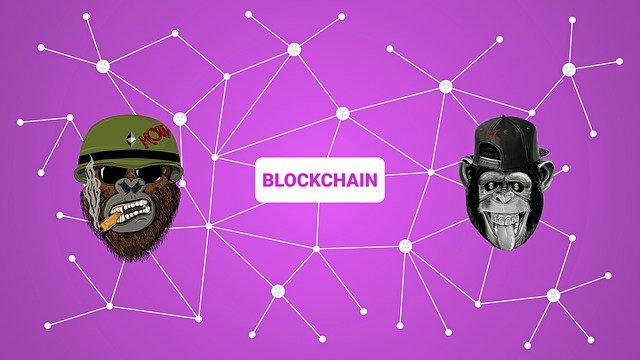
What exactly is NFT?
Simply put, NFTs are non-fungible tokens. Non-fungible means that these tokens or assets are one-of-a-kind, irreplaceable, and provide the holder with exclusive ownership. Blockchain validates the validity of a non-fungible asset, thereby making these assets unique.
NFTs prove ownership of digital files. They can be digital works of art, but they can also be video game accessories, collectibles, or other items. Anything digital, such as artwork, drawings, or music, can be used as NFTs. An NFT can be anything that can be stored on a blockchain as data. This means you have digital work in any form that no one else can.
NFT transactions are recorded publicly on a blockchain and are usually purchased with cryptocurrencies. And, depending on its value in the NFT market, you can keep it as a collector’s item or sell it for a profit.
Fungible vs. Non-Fungible Token
A fungible item can be easily replaced by something similar to it. Items that are non-fungible, on the other hand, cannot be replaced by another identical item.
NFTs differ from cryptocurrency in that they can be exchanged for valuable goods, making them fungible in that sense. NFTs are not, and this is why they are such an effective investment tool.
A bitcoin, for example, is fungible, which means you can exchange one for the other and get the same thing. A unique trading card, on the other hand, is not fungible. If you traded it for a different card, you’d get something completely different.
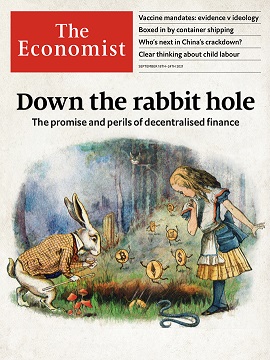
Picasso’s artwork can have multiple copies, but only one original. That is what distinguishes and adds value to the original painting. It could be a house or a unique painting, such as the Mona Lisa. The painting can be photographed or purchased as a print. But there will ever be only one i.e. Original. NFTs are “one-of-a-kind” digital assets that can be purchased just like any other piece of property but have no physical form.
In October 2021, The Economist raised $420,000 through an experiment in which the magazine auctioned off an NFT of one of their cover pages. The winning bid was donated to The Economist Educational Foundation, a non-profit organization that teaches young people about current events.
This issue’s cover depicted cryptocurrencies alongside images from the children’s book “Alice’s Adventures in Wonderland.” According to The Economist, the cover’s title — “Down the Rabbit Hole” — compelled buyer @9x9x9 to purchase the data file.
Why do NFTs sell for such a high price?
- Buyers of NFTs cite a variety of reasons for shelling over large sums of money for the right to a data file that anyone can view or copy. Vignesh Sundaresan, a cryptocurrency entrepreneur, spent a record-breaking $69 million on an NFT in 2021. He stated that he purchased this NFT because he wanted to show off the technology to the world while also supporting the artist. Some believe that the greater the scarcity of NFT, the greater its value. As a result, they invest such a large sum of money.
- In 2021, Alan Turing Institute’s (ATI) expert team conducted a research to identify the variety of factors that determine the value of NFTs. They considered three factors: the NFT’s visual characteristics, previous sales of related NFTs, and the buyer and seller’s social network. After analysing a dataset of 4.7 million NFTs swapped by over 500,000 buyers and sellers, the researchers realised that past sales of NFTs, accounted for more than half of the price difference.
Past sales of NFTs from the CryptoPunks collection, a well-known set of 10,000 tokens depicting pixel images of punks, is a good indicator of future sales of tokens from the same collection. Visual characteristic and the trader’s popularity were the second and third most important factors respectively.
Scarcity, utility, ownership history, underlying value, buyer perception, liquidity premium, and future value are all factors that contribute to the value of NFTs.
Are all NFTs valuable?
Researchers discovered that not all NFTs will generate enormous revenue. “Some — a small number — perform exceptionally well, a large number perform mediocrely, and the great majority are worthless.” Every day, a large number of NFTs are created, but there aren’t many buyers. The supply of NFTs is greater than the demand. This renders a large number of NFTs unsold.

Is there a distinction between artwork sold traditionally and through NFT?
In the traditional arts, scarcity, social networks, and, to some extent, the content of the art piece all contribute to determining an object’s worth. This holds true for NFTs as well. But NFTs are certainly significantly different from them.
The most important distinguishing feature is that the artists receive a percentage of the proceeds from secondary sales. Artists typically receive a 10-20% commission. As a result, whenever the art is sold again, the artists will undoubtedly receive some compensation. It has the potential to transform the game for artists. This is simple to document because all sales are recorded in the blockchain’s ledger, and the artists are paid automatically.
How do NFTs function?
The process of creating an NFT is known as minting. Artists, poets, athletes, gamers, musicians, and others can create and sell NFTs. They can list as many items as they want to sell on their preferred digital marketplace. The artist usually assigns a commission to it so that the creator is compensated whenever someone buys it.
There are numerous platforms available for the minting and trading of NFTs. These platforms allow artists and brands to use blockchain technology to create non-transferable tokens (NFTs). Once created, neither anyone can ever change or alter the ownership of an NFT, nor can it be recreated.
NFTs can be viewed by anyone and purchased or sold in the same way that cryptocurrency can. They are both collectibles and valuable investments.
But can anyone duplicate the NFTs?
Paintings and other traditional artwork are valuable precisely because they are unique. The artist retains ownership of their work’s copyright, allowing them to continue selling copies.
Digital files, on the other hand, can be easily and indefinitely duplicated.
So, what NFT does is allow artwork to be “tokenised.” As a result, a digital certificate of ownership is generated. A record of who owns what is always kept on the blockchain and is accessible to any buyer. The records cannot be forged because the ledger is always checked by many different computers around the world.
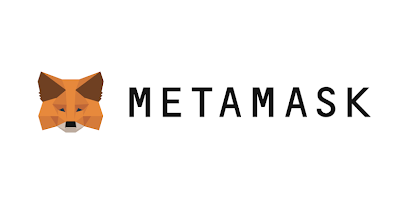
Buying and Selling NFTs
OpenSea, Rarible, MarkersPlace, SuperRare, are popular marketplaces for buying NFTs. To begin, you will need to acquire some cryptocurrency. There are numerous options, such as Bitcoin, Ethereum, and Solana.
If you want to transact in Ethereum, you can use Metamask wallet. This allows you to purchase and store Ethereum and similar tokens. You can download Metamask from the Chrome App Store and then buy Ethereum with a credit card or a bank transfer. You should now have funds in your Metamask wallet and be able to purchase. Then you can go to marketplaces to start buying or trading NFTs.
Is it a waste of time to invest in the world’s hottest asset class?
In reality, the NFT market is still in its early stages. They are speculative in nature, driven by sentiment and momentum rather than price discovery. These markets will undoubtedly settle down and prices will reflect realistic demand.
We must acknowledge that NFTs are an important way to own a digital content such as the metaverse or games. However, for the time being, it is important to recognise that NFTs are an innovative reason for individuals to create unique items that cannot be replicated.
What Are the Prospects for NFTs?
Blockchain technology is clearly changing the future of trade. Crypto art has only just begun. If big players in art and design begin to participate, it will unquestionably explode.
Brands are also taking advantage of this new opportunity. Taco Bell released animated gifs, which sold out in less than half an hour. Pringles was close behind, and the NBA is already selling digital collectibles with the NBA top shot marketplace.
The opportunity to sell virtual jewellery and clothing through NFT markets and social media is enormous.The future may bring a wide variety of applications for NFTs. This is only the beginning.
Source:
- Why some NFTs are valuable and others aren’t – Financial Review
- NFTs, explained – The Verge
- Why is it expensive: Understanding NFTs and what makes them so expensive – Lifestyle Asia
- Explained: Why some NFTs are so expensive – The Frontline
- Why is it so expensive to buy NFTs on Ethereum? – Yahoo Finance


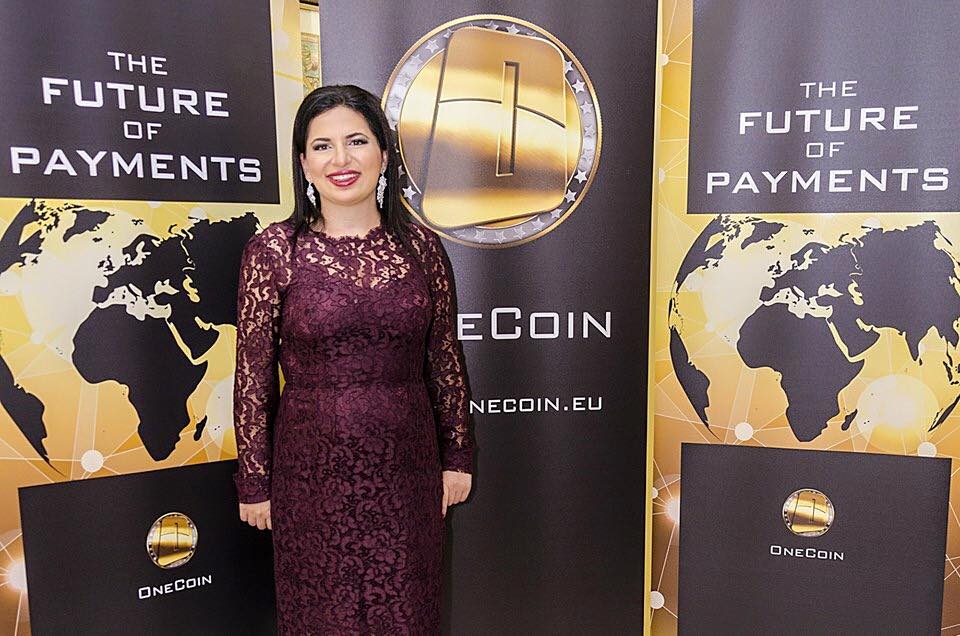


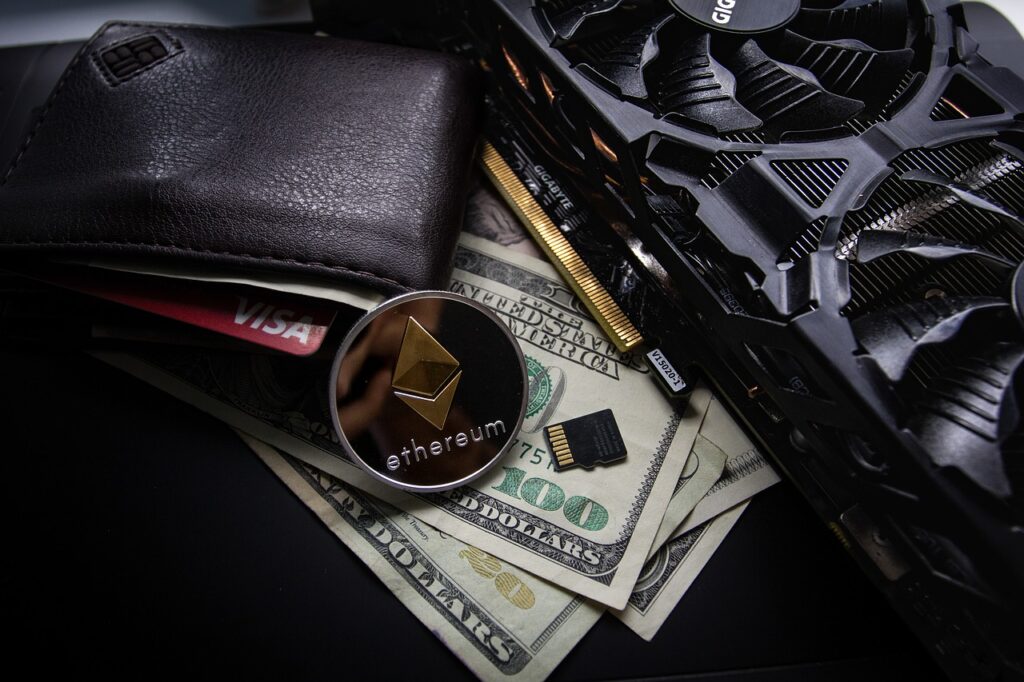
Pingback: Why do we love listening to sad music? | Niripto